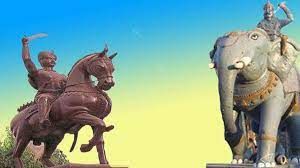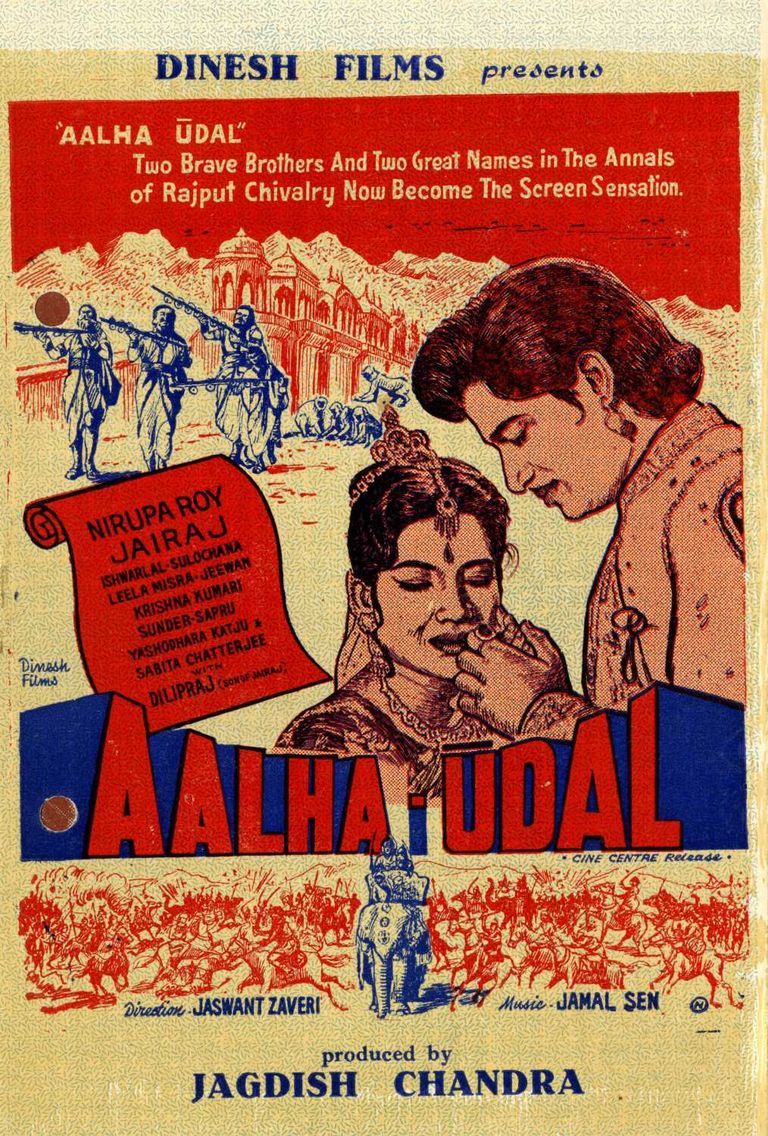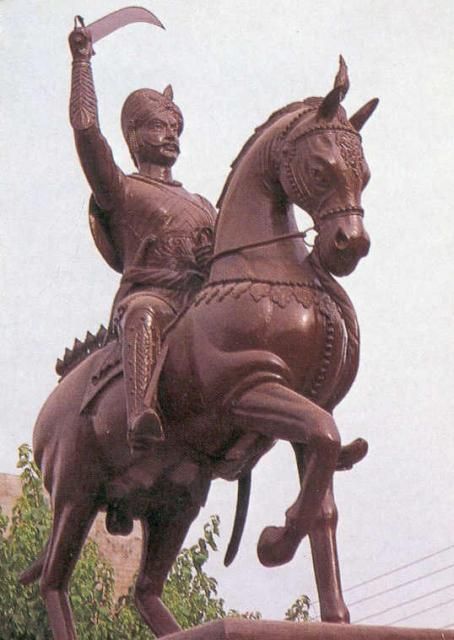Alha and Udal were the children of Dasraj, a successful commander of the Chandela king Parmal's army. They belonged to the Banafar community, which has been described as of mixed Ahir and Rajput background. And fought against rajputs like prithvi raj chauhan and mahil. The Purana states that Mahil was a Rajput and an enemy of Aalha and Udal, adding that Aalha came from a different family (kule hatnatvamagatah) as his mother is an Aryan Ahir. According to the Bhavishya Purana, a text with several interpolated sections that cannot be reliably dated, Alha's mother Devaki, was a member of the Ahir caste. The Ahirs are among the "oldest shepherds" and were the rulers of Mahoba.

The Bhavishya Purana further states that it is not only the mothers of Alha and Udal who are Ahirs, but also from their paternal grandmother Baksar, who are entered into the family with a blessing of Goddess Chandika that do not come from wrestling buffalo, but He was sworn in from nine to nine Durgas of the year and therefore the Ahirs were natural relatives of the family. Some of these are traced to Elliot's Alha, where the Gopalaka (Ahir) king Dalvahan is said to be the Raja Dalpat of Gwalior. He is still the father of two girls, but only gives it to Dasraj who was an Ahir and Bachraj when Parmal requests him.

Queen Malhana insisted that King Parmal rewarded Dasaraja and Bachharaj with brides within the Chandela land. Raja Dalpat of Gwalior volunteered his daughters Devi (Devaki, Alha's mother) and Birma Udal's mother. Maharani Malhana welcomes the goddess to Mahoba with a chain (naulakha necklace) of nine lakhs around her neck and also gives Birma a necklace. King Parmal then gives a village to the new Banafar families where they raise and raise their sons, Alha and Udal. Alha is one of the heroes of the Alha-Khand poem, which is popular in the Bundelkhand region of India. It may be based on a work by Mahoba Khand published under the title Parmal Raso.
